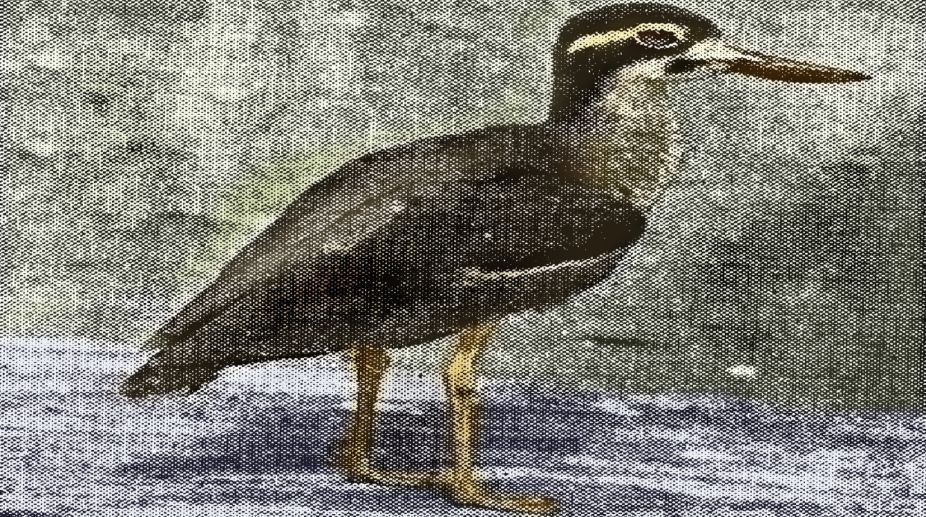Curtain Raiser: Darjeeling, Raiganj, Balurghat sees hectic activities before polls on Friday
People of three parliamentary constituencies in north Bengal will exercise their franchise in the second phase of the 18th Lok Sabha polls on 26 April.

Great Stone Plover.
The small group of extraordinary birds known as the Burhinidae is noted for its enormous eyes, its members being nocturnal and crepuscular in their habits. The most familiar of them in our country, the Stone Curlew, is also called the Goggle-Eyed Plover, and its larger relative, the Great Stone Plover to be found along broad rivers and on the coastline, has even larger eyes.
It is a bird as big as a hen, with a big head on a robust, long neck, and sturdy legs ending in three forward-pointing toes, on which it can run quite fast. The streaky, mottled grey, brown, black and white of its plumage renders it inconspicuous against the stony river-beds and sand-banks it frequents, but its great, slightly tiptilted beak, and its huge, staring yellow eyes, sometimes give it away, even from a distance — and it is seldom that one sees it from close by, for unlike the Stone Curlew which freezes and stays put when it sees an intruder, trusting to the cryptic colouration of its plumage, this bird flies off at once, to land a safe distance away, and keep a sharp lookout.
Two years ago, in November, I came across a party of six Great Stone Plovers on the broad, dry bed of the Torsa in North Bengal; there were many thin streams in the river-bed, most of them shallow and, at one point on the stony, scrub dotted expanses between the streams.
Advertisement
I came across these birds. It is said that the Great Stone Plover mates for life and that it usually goes about by itself or in a pair, but at times it associates in small parties, such as the one I saw, when not breeding. Throughout the week I tried ineffectually to get close to these watchful birds to photograph them; they kept very much together, in a close kit.
I would walk casually at a tangent towards them, pretending to be interested in the ground at my feet, and once or twice I even tried walking backwards towards them, though the uneven, pebble-strewn ground did not encourage reverse gear, but however artfully casual I was they would not permit me to get closer than 60 yards — and since there was no cover, a concealed approach was out of the question.
As soon as they felt I was too near, they would rise in a body with penetrating, rather plaintive alarms, and skim over the broad bed of the Torsa to another section. Years ago, and in the Deccan, I succeeded in getting fairly close to one of these birds, and when it discovered me, it came out with a very different sound of alarm or surprise, a low, harsh “grrr”— apparently it is given to swearing at intruders on occasion.
The bird also has the curious habit of jerkily bobbing its head up and down in a quick movement when apprehensive-a gesture hard to describe in words, but unmistakable, once seen. When I was in North Bengal that November, I noticed that a migratory lapwing which I also saw on the Torsa’s bed and which I could not place exactly had the identical habit.
The huge eyes of this bird are said to be adapted to nocturnal hunting, but the birds I saw were feeding actively by day as well-not resting in such shade as there was. They hunted the pebbly ground for crabs and insects and I frequently observed them packing at something and then swallowing it.
The greatest avian night-hunters, the owls, have their great eyes set side by side in a flat face, to give them frontal, binocular vision. The Great Stone Plover has its eyes very differently placed, on either side of its head, and the eyes can see not only in front and to either side but also behind to some extent — when looking at the back of the head of this bird, one can see the rear rims of the eyes, and from personal experience I am satisfied that it does not need to turn its head round to see what is behind it — so much of the area of the side of the head does each eye cover.
This was published on 16 October 1967
Advertisement